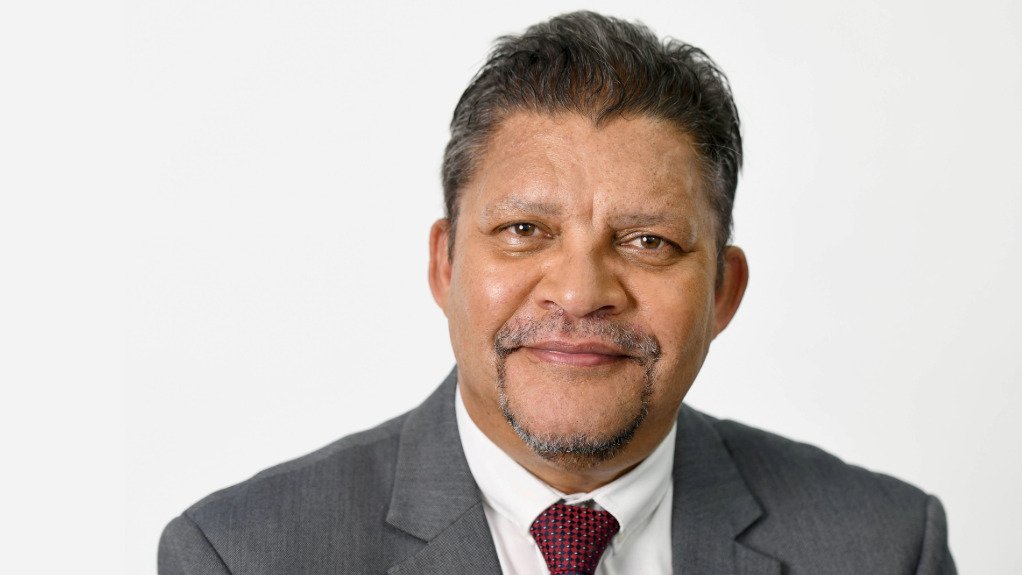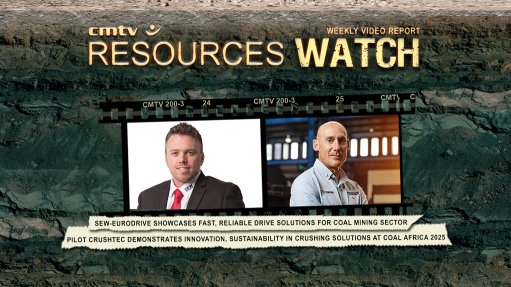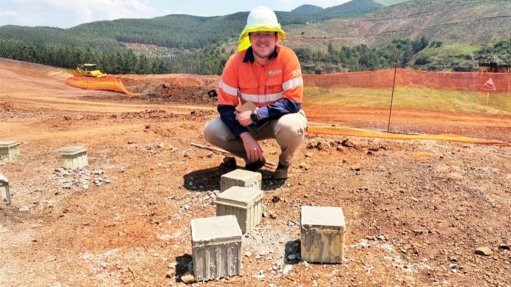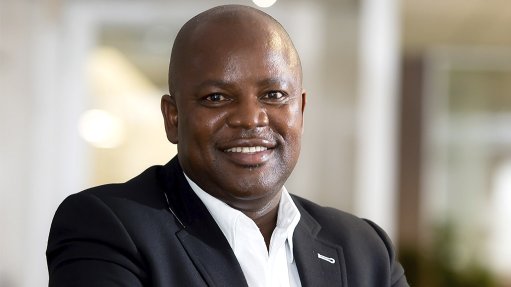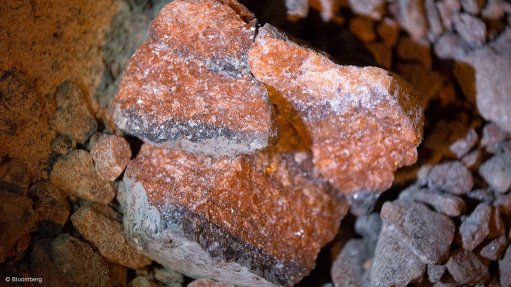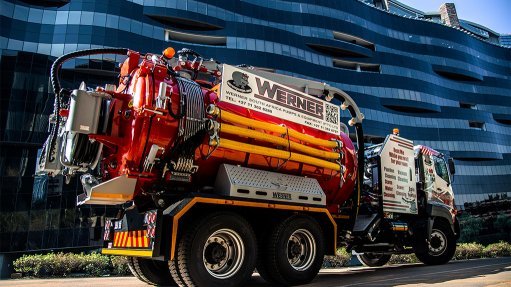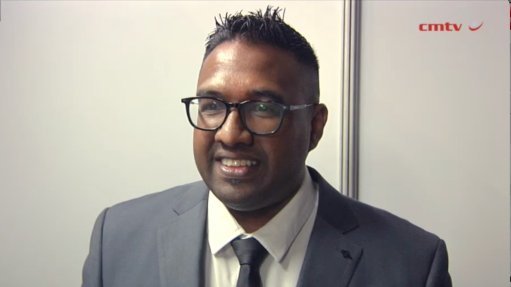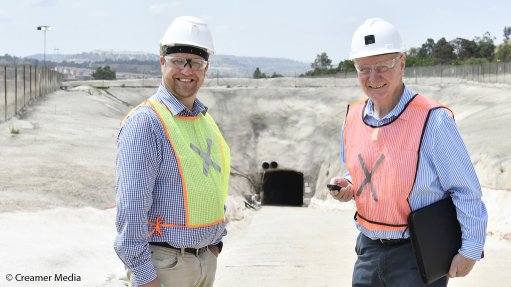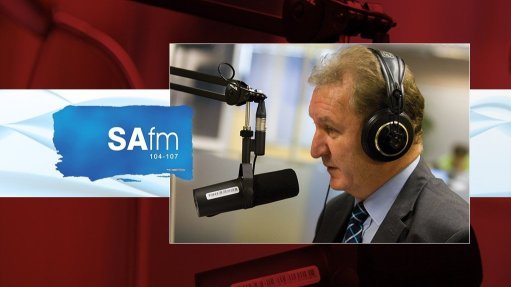Cautious approach required when embracing tech – CESA
As more technological tools are developed and integrated into engineering processes, consulting engineers must ensure they embrace these advancements without becoming overly reliant on them, reports engineering industry association Consulting Engineers South Africa (CESA) CEO Chris Campbell.
He adds that the engineering profession must keep pace with global technological advancements such as digital-enabled engineering and innovation, particularly technologies such as AI, building information modelling (BIM) and geographic information system (GIS) integration in mining projects.
“The world has evolved significantly, including the systems and computing tools now available. These tools enable engineers to work more efficiently and deliver projects within increasingly tight client timeframes,” points out Campbell.
He elaborates that using traditional methods of engineering is time-consuming, no longer commercially viable and hinders the ability to conduct complex analyses required in modern mining engineering.
These technologies have become critical in streamlining design processes, conducting thorough risk assessments and improving the overall quality of engineering outputs.
Campbell also highlights the benefits of digital tools in mining project design and simulation, such as 3D modelling, by saying that, for instance, before structures are physically built, engineers can create a detailed digital representation of the entire site, taking into account buildings, railway links or residential facilities using such methods.
He adds that 3D modelling enables components to be repositioned within the model to optimise space and improve layout planning.
In addition, there is also increased value of 3D laser imaging, especially for older mines lacking up-to-date building plans.
Here, rather than relying on manual land surveys, Campbell says engineers can use 3D laser scanners to capture accurate measurements and generate digital drawings of existing structures, thereby streamlining redesign and refurbishment efforts.
While technological tools offer substantial advantages, Campbell notes that cost can be a limiting factor, particularly for emerging or startup consulting firms.
Basic tools, such as GIS, are more accessible and offer significant benefits; however, advanced modelling and simulation tools, particularly for plant layouts or mechanical systems, can be prohibitively expensive.
He asserts that, as technology continues to evolve, the ability to improve project outcomes becomes even more compelling.
However, Campbell stresses that while embracing these tools is vital, overdependence, particularly among young professionals, can be risky. While many graduates are familiar with the technology to an extent, he says they often lack the experience to recognise when the outputs are flawed.
In terms of career development, Campbell advises that younger engineers should first master basic engineering principles and develop a strong foundation of professional competence, emphasising the importance of cross-checking results using first principles before fully relying on digital tools.
Using this method, over time, engineers can develop further levels of professionalism, expertise and competence until such professionalism becomes instinctive, whereupon engineers are better equipped to detect errors earlier in their lines of work, he explains.
“Engineers should be able to, with their own expertise, identify where there might be an error, so that they can mitigate the risk of that error translating into something that becomes very expensive to remedy on a construction site once the project has gone to construction,” says Campbell.
Campbell encourages the mining industry to welcome newer generations of engineers, particularly those who may not have entered the sector through traditional mining pathways.
As such, he urges mining companies to create opportunities for these professionals to collaborate with existing service providers, thereby developing the next generation of skilled practitioners required for future mining projects.
However, Campbell explains that legacy relationships often dictate the procurement landscape in the mining industry, and that in the past, mining houses had centralised headquarters, often based in Johannesburg, while currently, many operations are run independently and are geographically dispersed.
“Each mine functions as a ring-fenced entity, with its own procurement processes,” he elaborates.
According to Campbell, this decentralisation makes it difficult for new or smaller engineering firms to gain a foothold in the industry.
“If a company wants to promote their services, they have to visit each operation individually, and that is a massive investment for a small company to undertake,” he says.
Owing to these challenges, CESA advocates partnerships between established service providers and emerging firms within the CESA network. These partnerships allow for skills transfer and capacity building, without placing unsustainable strain on smaller companies, Campbell posits.
While stressing that specialised work cannot be handed over to inexperienced engineering practitioners, Campbell notes that there are numerous other opportunities for newer engineers to contribute meaningfully to mining projects.
The goal of involving newer generations of engineers is not to displace existing expertise, but to integrate new talent through mentorship and collaboration, Campbell concludes.
Article Enquiry
Email Article
Save Article
Feedback
To advertise email advertising@creamermedia.co.za or click here
Press Office
Announcements
What's On
Subscribe to improve your user experience...
Option 1 (equivalent of R125 a month):
Receive a weekly copy of Creamer Media's Engineering News & Mining Weekly magazine
(print copy for those in South Africa and e-magazine for those outside of South Africa)
Receive daily email newsletters
Access to full search results
Access archive of magazine back copies
Access to Projects in Progress
Access to ONE Research Report of your choice in PDF format
Option 2 (equivalent of R375 a month):
All benefits from Option 1
PLUS
Access to Creamer Media's Research Channel Africa for ALL Research Reports, in PDF format, on various industrial and mining sectors
including Electricity; Water; Energy Transition; Hydrogen; Roads, Rail and Ports; Coal; Gold; Platinum; Battery Metals; etc.
Already a subscriber?
Forgotten your password?
Receive weekly copy of Creamer Media's Engineering News & Mining Weekly magazine (print copy for those in South Africa and e-magazine for those outside of South Africa)
➕
Recieve daily email newsletters
➕
Access to full search results
➕
Access archive of magazine back copies
➕
Access to Projects in Progress
➕
Access to ONE Research Report of your choice in PDF format
RESEARCH CHANNEL AFRICA
R4500 (equivalent of R375 a month)
SUBSCRIBEAll benefits from Option 1
➕
Access to Creamer Media's Research Channel Africa for ALL Research Reports on various industrial and mining sectors, in PDF format, including on:
Electricity
➕
Water
➕
Energy Transition
➕
Hydrogen
➕
Roads, Rail and Ports
➕
Coal
➕
Gold
➕
Platinum
➕
Battery Metals
➕
etc.
Receive all benefits from Option 1 or Option 2 delivered to numerous people at your company
➕
Multiple User names and Passwords for simultaneous log-ins
➕
Intranet integration access to all in your organisation



